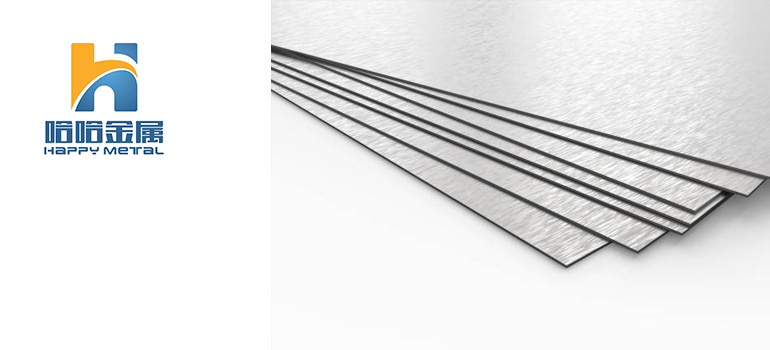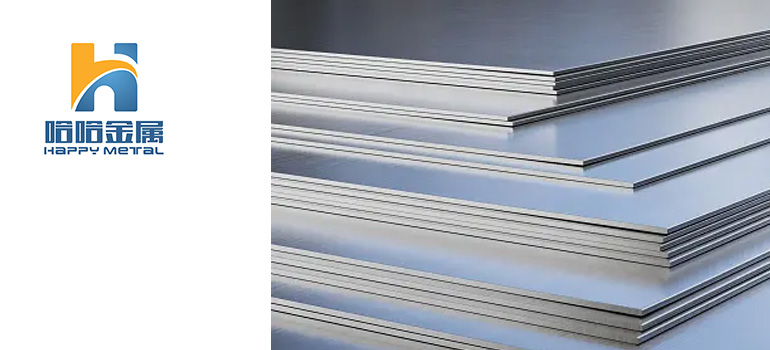Summary:
Exploring the Characteristics and Applications of Structural Alloy Steel Plates
Characteristics of Structural Alloy Steel Plate
Manufacturing process of structural alloy steel plate
The Widespread Application of Structural Alloy Steel Plate
Structural alloy steel plate is a critical metal material that plays an important role in modern engineering and construction fields. This article will delve into the characteristics, manufacturing processes, and wide application fields of structural alloy steel plates. Whether you are engaged in engineering design, construction, or material procurement, an understanding of structural alloy steel plates will be helpful for your work.
Characteristics of Structural Alloy Steel Plate

Structural alloy steel plate is a material made by mixing different metal elements with carbon elements to improve its performance and mechanical properties. It has the following significant characteristics:
- Strength: Structural alloy steel plates have excellent strength, making them excellent in withstanding heavy loads and compression. This makes it a highly demanding structural support material that can be used in engineering projects such as bridges, buildings, and ships.
- Corrosion resistance: The corrosion resistance of alloy steel plates enables their long-term use in harsh environmental conditions. This characteristic is critical for projects with high durability requirements such as offshore engineering and oil and gas exploitation platforms.
- Toughness: Structural alloy steel plates have excellent toughness, which means that they can maintain their shape and performance even under extreme conditions. This makes it perform well in earthquakes or other natural disasters.
- Weldability: Due to the design of structural alloy steel plates, they have good weldability, making the manufacturing and repair processes more convenient.
Manufacturing process of structural alloy steel plate
The manufacturing process of structural alloy steel plates is a precise and complex engineering process. The following are the brief steps of the general manufacturing process:
Raw material selection: Select appropriate metal elements and carbon content to ensure that the material has the required characteristics.
Melting: Heat the raw materials to a high temperature to melt and mix evenly.
Refining: Remove impurities through the smelting and refining process to ensure the purity of the alloy.
Rolling: Rolling the melted alloy blocks into the required plate thickness through a rolling mill.
Heat treatment: Heat and cool the steel plate to adjust its crystal structure and hardness.
Surface treatment: Apply rust prevention, coating, or other surface treatments to improve the durability of the steel plate.
Quality testing: Conduct strict quality testing on finished products to ensure they meet standards and specifications.
The Widespread Application of Structural Alloy Steel Plate
Structural alloy steel plates are widely used in various fields due to their excellent performance and multifunctional characteristics:
Construction engineering: Used in building structures, bridges, steel structures, etc., it is highly favored for its strength and durability.
Energy industry: Used in power plants and oil and gas engineering, capable of withstanding high temperature, high pressure, and corrosive environments.
Transportation: Used to manufacture components for ships, railway vehicles, automobiles, and other means of transportation to ensure safety and stability.
Mechanical manufacturing: Alloy steel plates are an indispensable material in the manufacturing of mechanical equipment, heavy industrial equipment, and mechanical components.
Structural alloy steel plate, as an important metal material, plays a crucial role in modern engineering and construction fields. Its excellent strength, corrosion resistance, and toughness make it the preferred material for various engineering projects.
Through precise manufacturing processes, structural alloy steel plates can meet the stringent material performance requirements of different industries. Whether in the fields of architecture, energy, transportation, or mechanical manufacturing, structural alloy steel plates play an indispensable role in promoting the development and progress of modern society.




